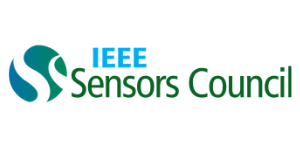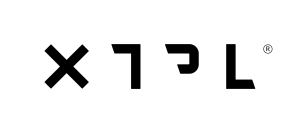3D Flexible Integration (heterogenous integration)
Large-Area Interfaces for Single-Molecule Label-free Bioelectronic Detection
Bioelectronic transducing surfaces that are nanometric in size have been the main route to detect single molecules. Though enabling the study of rarer events, such methodologies are not suited to assay at concentrations below the nanomolar level. Bioelectronic field-effect-transistors with a wide (μm2–mm2) transducing interface are also assumed to be not suited, because the molecule to be detected
Screen-Printed Amperometric biosensors: a Balancing Act of Manufacturing properties, Cost Efficiency and Sensitivity
Amperometric sensors can be used for many applications, as they can be excellently manufactured in roll-to-roll printing processes. However, careful material selection is of particular importance for high sensitivity and selectivity. For example, the choice of reference electrode material is critical to ensure potential stability, and the working electrode material must be selected to match the r
Sustainable ICT (Circular economy, e-waste reduction)
No results found.
Brain-Computer Interface (brain implantables, EEG, etc.)
Development of Edible Electronic Components Towards Edible Systems in Smart Pharmaceuticals and Direct Food Tagging
Enhanced biocompatibility and ease of processability of conjugated organic materials have spurred the work of the bioelectronics community towards the development of an increasing number of organic electronic biosensors and bioactuation devices. A further inspiring opportunity stems from the use of natural or bioinspired materials to develop edible electronic systems, composed of devices that can
Flexible/printed devices to fight pandemics
Sensor design and circuit implementation using a flexible hybrid organic process design kit
Printed and flexible electronics enable interesting novel applications in the fields of sensors and bioelectronics. To design complex circuitry and hybrid integrated systems, the sensor and the near sensor computing part is fabricated in printed electronics, which are complemented by silicon electronics to form an integrated hybrid system. I will show how we have developed a dedicated flexible hyb
Key considerations for obtaining high performance contact-controlled devices
Contact-controlled transistors have seen renewed interest in the past few years, owing to their properties suited to high gain, low-power and variability-resilient large area circuits. In contrast with conventional thin-film transistors, the design and optimisation of such devices focuses on obtaining reliable and consistent contact barriers, where channel length is replaced, as a design parameter
APPLICATIONS OF AI TO FLEXIBLE ELECTRONICS
No results found.









